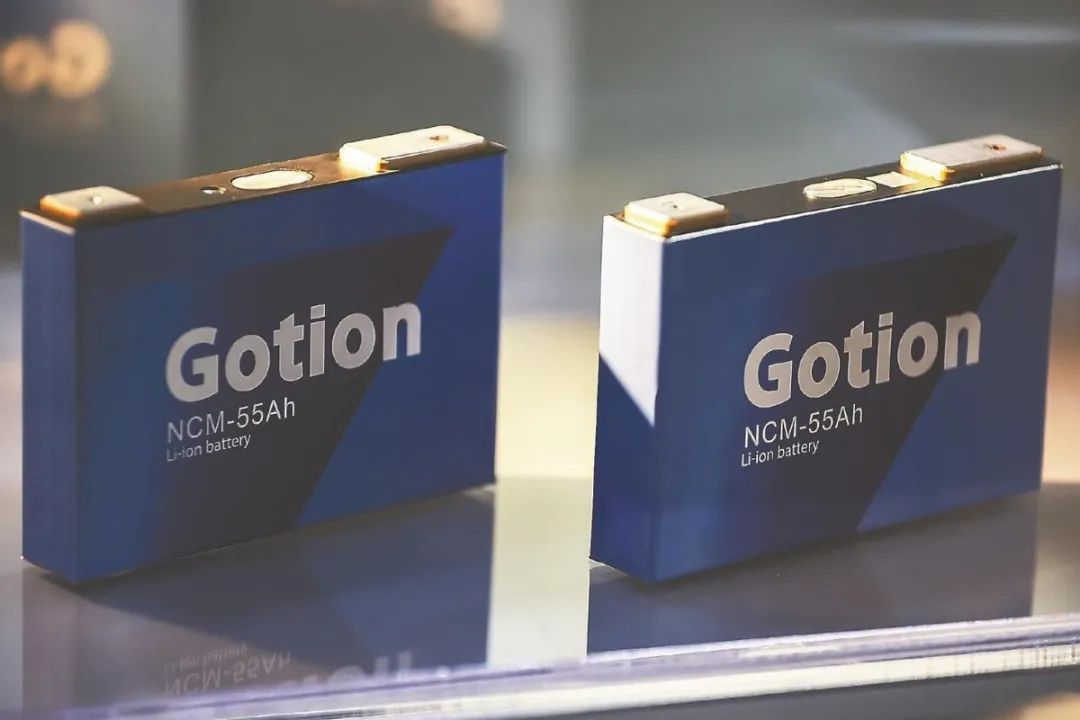
Latest Developments of the Top 10 Leading Companies in the All-Solid-State Battery Field in 2025
一. CATL

Technology Route:
A composite electrolyte system combining sulfide and halide electrolytes, achieving an energy density breakthrough of over 500 Wh/kg. Condensed-state semi-solid batteries have entered mass production.
Industrialization Progress:
A pilot production line for all-solid-state batteries has been completed. Small-scale mass production is planned for 2027, supporting the Li Auto MEGA model with a projected driving range of 1080 km.
Partnership Updates:
Joint development of sulfide-based electrolytes with Tsinghua University, and establishment of a joint venture with Toyota to develop a solid-state battery solution for hybrid systems.
二. Ganfeng

Technological Breakthroughs:
Pursuing a three-pronged approach with oxide, sulfide, and polymer solid-state battery technologies. The third-generation all-solid-state battery has achieved an energy density of 420 Wh/kg and passed the 200°C hot-box safety test.
Production Capacity Layout:
A 10 GWh solid-state battery plant in Chongqing has commenced production, supplying the Dongfeng Voyah (Lantu) vehicle platform. Joint development is underway for low-altitude economy solutions in drone and eVTOL sectors.
Resource Integration:
Majority stake acquired in ProLogium Technology, the world’s only company to achieve 100-ton scale mass production of sulfide-based solid electrolytes. Solid-state electrolyte revenue is projected to exceed 2 billion RMB (~USD 280 million) in 2025.
三. Gotion

Product Features:
The "Jinshi Battery", a sulfide-based all-solid-state battery, achieves an energy density of 360 Wh/kg and has passed extreme safety testing at 200°C.
Mass Production Plan:
Vehicle integration validation will begin in 2025, with technical certification obtained from Volkswagen’s MEB+ platform.
Technological Innovation:
Developed an in-situ solidification process, reducing interfacial resistance to below 10 Ω·cm.
四. BYD


Technology Integration:
The Blade Solid-State Battery adopts a “Super LFP” (Lithium Iron Phosphate) system, achieving a volumetric energy density of 600 Wh/L, which is a 40% increase compared to traditional blade batteries.
Production Capacity Plan:
A 30 GWh solid-state battery plant in Xi’an is scheduled for completion in 2026, targeting mass deployment in million-vehicle-scale platforms.
R&D Progress:
A dual-technology roadmap with both oxide-based and sulfide-based solid-state batteries is being pursued; a pilot production line in Chongqing has already commenced operations.
 五. Great power
五. Great power

Cost Advantage:
Oxide-based solid-state battery cost is only 15% higher than that of conventional liquid batteries. A mass production line in Changzhou has been established.
Performance Breakthrough:
Achieves 92% discharge retention at -20°C, making it suitable for A00-class vehicles such as the Wuling Bingo.
Technology Reserve:
Simultaneous development of a high-nickel cathode system targeting 400 Wh/kg, with plans to enter the high-end market by 2027.
Summary – Industry Trends:
Currently, all-solid-state batteries are in the vehicle integration validation stage, with leading companies generally planning to achieve large-scale mass production around 2027.
The technology roadmap is increasingly diversified:
-
Chinese companies are making simultaneous breakthroughs in both oxide-based and sulfide-based systems.
-
Japanese and Korean players are primarily focused on the sulfide-based route.
-
European and American companies are pursuing multiple solid-state technologies in parallel.
